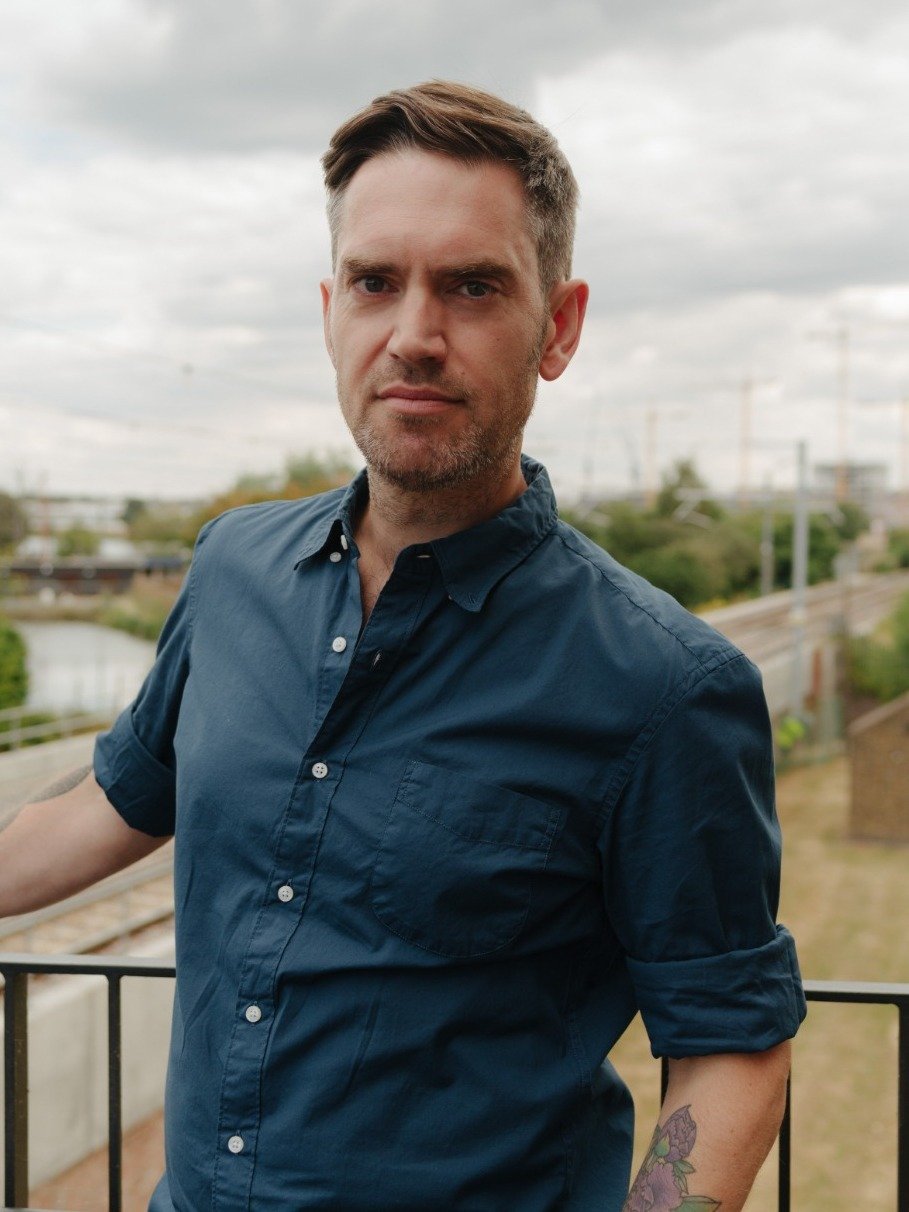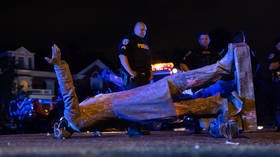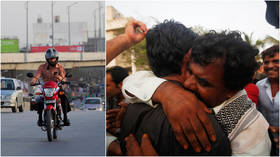America’s streets are being patrolled by armed civilians, but could these gun-toting vigilantes really kill?

Whether it’s protests over lockdowns or warding off looters, the US has rarely seen such overt displays of ballistic power from private citizens. But, for all their garage military get-ups, could these people really shoot to kill?
There have been so many powerful images in the news lately, it’s hard for anything to stand out. We’ve been emotionally waterboarded by a constant stream of protest, violence and brutality, hope, hate and humour. Among the most memorable pictures have been those of heavily-armed private citizens guarding shops and neighbourhoods during Black Lives Matter protests, or expressing their disapproval of anti-epidemic measures.
Most of these vigilantes – a term I’ll use here without prejudice – describe themselves as “concerned citizens.” Many are equipped better than some national armies, with assault-style rifles and body armour very much the fashion. It’s a sight that is impressive, intimidating, comforting, worrying, antagonising or repulsive, depending on your point of view.
But what happens when someone isn’t deterred?
A protester in Albuquerque, New Mexico, was shot on March 15 as he tried to bring down a statue of a Spanish conquistador. Police are investigating whether the shooter, Steven Ray Baca, is connected to the New Mexico Civil Guard, a well-known local militia.
However, considering the number of protests, the number of guns on display, the unrest and the heightened tensions, is one non-fatal shooting an anomaly? Are these personal arsenals, in reality, nothing more than posturing or intimidation – an empty threat? In short, are the people carrying the guns capable of using them to kill another human being?
Training to kill
We’ve all seen films where the previously passive character empties a Glock 9mm into the bad guy at a crucial moment. It’s almost always heroic, redemptive even, and gives the impression that, in the right situation, each and every one of us can pull the trigger. Yet studies have shown that even in the most hostile of environments, people have been reluctant to shoot to kill.
”There was a study done after a major American Civil war battle,” says Colin Berry, former Special Forces sergeant, government intelligence operative and author of The Deniable Agent: Undercover in Afghanistan. “They found that most of the muskets of the dead had been loaded several times over, meaning the individual had followed the drill, aimed but never fired.
“Armies around the world picked up on this and military training became all about desensitising the act of killing. The enemy is routinely referred to as ‘the target.’ This stems from training on a range with targets that are human-shaped. This conditions front line troops into seeing a target, not a human. It’s effective but far from foolproof.”
Indeed, US Army historian SLA Marshall’s famous (albeit challenged) study of World War II soldiers found that only 15-20 percent of combatants were able to fire their weapons at the enemy – and many of these aimed high or low. The conclusion Marshall came to was that most humans, subconsciously at least, find the act of killing abhorrent, to the point where some consider it worse than dying.
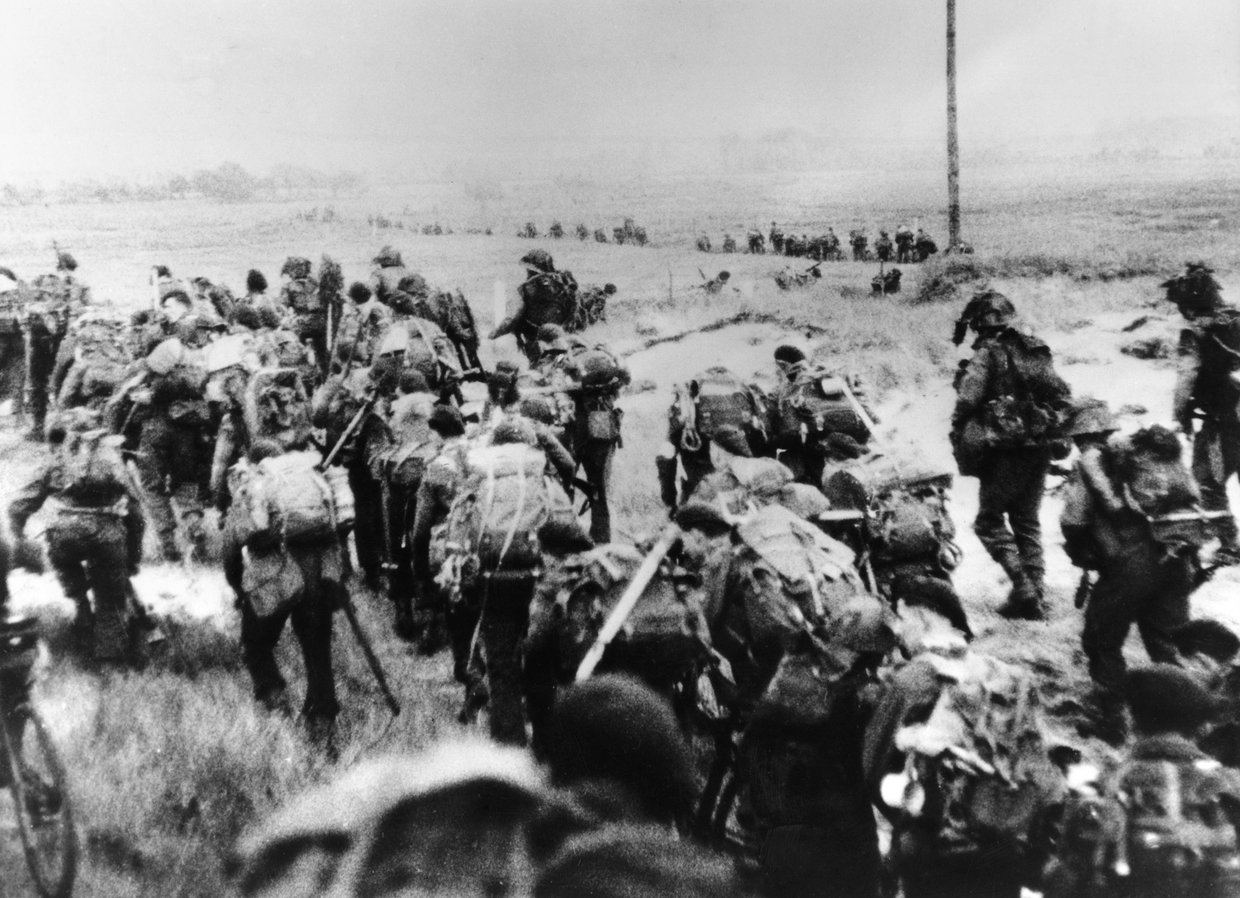
“In World War I they experienced a similar problem,” says Berry. “Trillions of rounds were fired by soldiers who can hit a target on the range and yet the death rate was still a small percentage of what was actually fired. So how did we lose so many men? Artillery, indirect fire, death by proxy, gas and machine-gun fire.
“In World War II you had aircraft joining the ranks with mass bombings, but still there was the problem of highly trained and motivated service personnel not killing when aiming down the sights. Vietnam was the same and bizarrely painted a better picture, with jungle being lopped down by automatic fire many feet above the enemies’ heads.”
It should be noted that most soldiers in these wars were conscripts or volunteers. They weren’t professional soldiers who had chosen a career that might involve having to shoot someone whose eyes they can see. That said, many who do choose that career path will not understand the reality of conflict and require training.
“In modern armies, we recognise these issues,” says Berry. “Killing isn’t for everyone. Even those who act like Rambo often fail in the heat of battle.”
According to Lt Col Pete Kilner, a retired US Army officer who studied the experiences of soldiers in war, much of the training involved in preparing soldiers for combat is centred around repetition and priming them to react to situations in an effective manner.
“An old saying is, ‘Skill plus will equals kill,’” he says. “First, the military trains soldiers to be able to use their weapons expertly. This creates ‘muscle memory’ and gives soldiers great pride in their ability to operate their weapon. Then, groups of soldiers are trained on ‘battle drills,‘ which are immediate group responses to a stimulus.
“In the US Army, the most-trained battle drill is Battle Drill 1A: Squad React to Contact. The squad, a group of eight to 10 soldiers who spend countless hours together, practices responding as a group to making contact with an enemy. Battle drills create ‘social muscle memory’ that includes skills – how and where to move, and when to shoot – and also t responsibility to do their duty for their squad.”
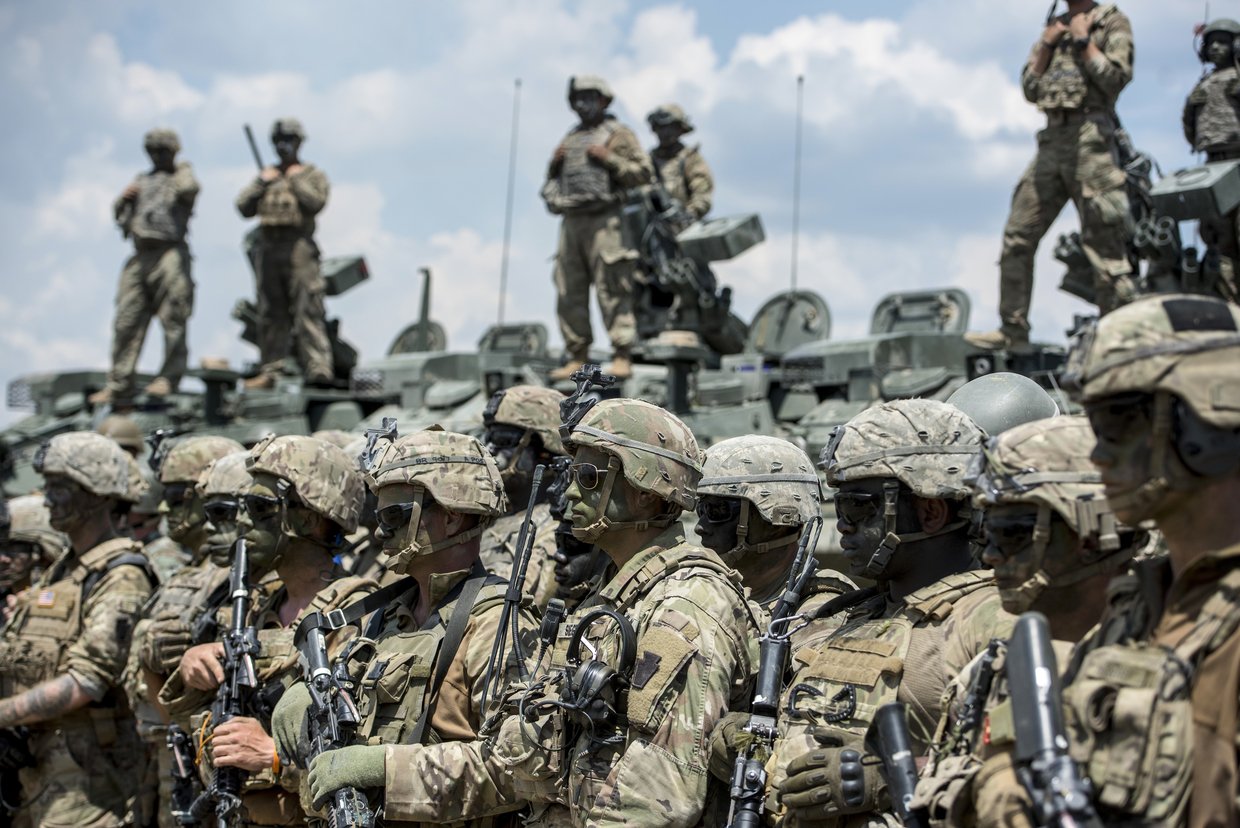
That’s the skill element and the will is equally as important. Excuse the crude analogy, but we all know how to jump off a cliff, but how many of us would be willing to do it?
“The military trains soldiers to love their country and all the good value it stands for,” says Kilner. “It develops strong bonds of loyalty among soldiers and within their units. Most soldiers develop such a strong sense of patriotism, duty, and loyalty that they are very willing to kill and to risk being killed.”
Even a sheep can kill
So, what about those armed civilians? Unless they’re ex-military, few will have gone through such specialised and intensive conditioning. This, you would think, would greatly reduce their ability to fire on someone. And yet, according to the Gun Violence Archive, a nonprofit that tracks shootings, at least 15,292 people were fatally wounded by gunfire in the US last year, excluding suicides.
This isn’t to link those citizens on patrol with these statistics. While there have been notable ‘vigilante’ killings, such as the murder of unarmed jogger Ahmaud Arbery in February, they are clearly not contributing to the majority of those 15,000 deaths. But a lot of civilians are managing to pull the trigger and that’s because the ability to kill at close quarters is about more than training, it’s also about who’s holding the gun.
“In UK special forces selection we have what is called the ‘aptitude test,’” says Berry. “It covers a multitude of capabilities but one is the ability to aim at a human and kill them. Just because you join the services doesn’t mean you want to kill and we know it. That’s the military: full of sheep, sheepdogs and wolves. Society is the same.
“Sheep are normal healthy individuals who wouldn’t contemplate killing anyone but are essential to society or a collective. Wolves are psychopathic individuals who would kill anything and anyone and need to be isolated or removed. Unfortunately, they’re good at hiding themselves. Sheepdogs understand that to protect the sheep, they must control the numbers of wolves. Thankfully the sheep in society outnumber the wolves and sheepdogs.”
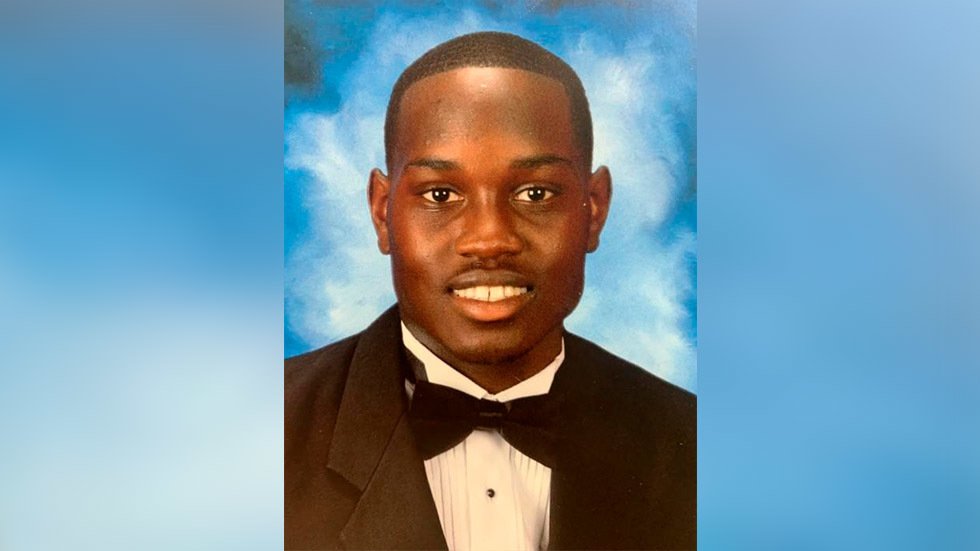
Considering its popularity as an online slur, it will come as a great shock to many people that they are, in all probability, sheep. However, this doesn’t necessarily mean that we need to be psychopathic or professionally programmed to kill. Indeed, that movie scenario of the previously placid character firing a fatal shot at the villain rings true with basic human psychology – if we have the right stimuli.
Nick Davies is a leading psychotherapist and hypnotherapist who deals with trauma, including PTSD in both civilians and soldiers who have killed. He says that certain situations will allow almost anyone to take a life.
“We have a survival instinct that's hardwired into our brain,” he says. “But also we protect others, especially close members of our family because the bigger the family unit, the safer we are, the more resources we can get, etc. So in order to kill another human being, we need to feel our own safety is threatened or the safety of, say, our kids.
“I say this to the most peaceful mothers. If somebody was going to kill your children, I guarantee you would find that killer instinct.”
Kilner agrees.
“It's easy, even natural, to use force to protect yourself or someone you love,” he says. “When an Iraqi insurgent was shooting at me, I was shocked by my visceral desire to kill him. Once we captured him, I no longer felt the desire to kill him. When it's him or you who's going to die, you desperately want it to be him.”
In the case of Steven Ray Baca, video footage shows him being attacked with a skateboard by the protester he shot. No matter who instigated the tussle - which is still unclear - Baca could easily have believed his life to be in danger.
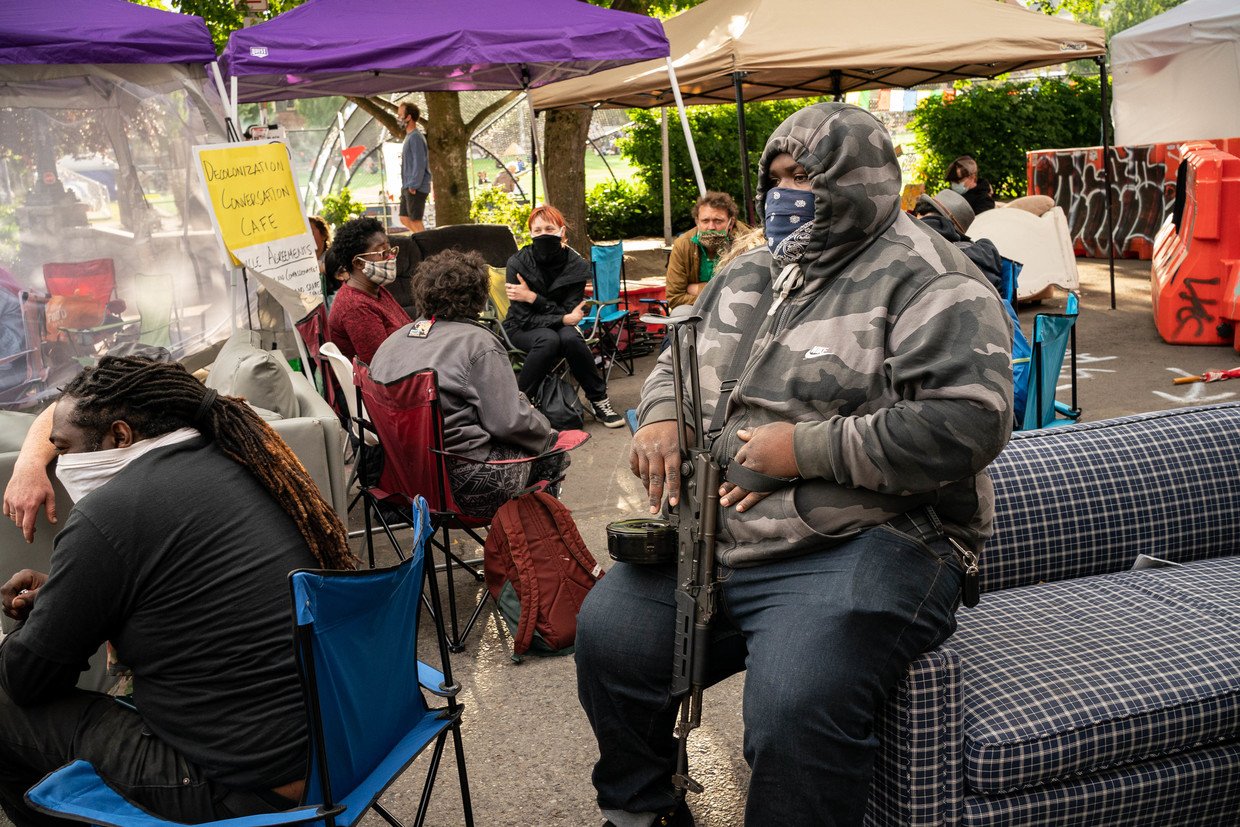
Fight or freeze?
Many of these vigilantes, who range from Average Joe to militia, have been seen in areas where looting and rioting have taken place. Others have appeared because of online rumours that their patch of the USA will be targeted by ‘Antifa’ (these rumours have nearly always been unfounded but aren't surprising, given the fertile environment for misinformation).
Here, they aren’t necessarily defending themselves or their friends and family; they’re defending property. Some of these properties are domestic or municipal, such as homes, parks, squares or, in Baca's case, a statue; many are businesses, both small and large.
It seems reasonable that someone protecting their home or their own business – and therefore their livelihood – is going to fight hard to save that property, possibly to the point where they might use potentially lethal force. But some vigilantes are lining roofs and car parks of entire shopping malls, forming a quasi-military defence of Target and Walmart stores. Surely taking a life to help shareholders is very different.
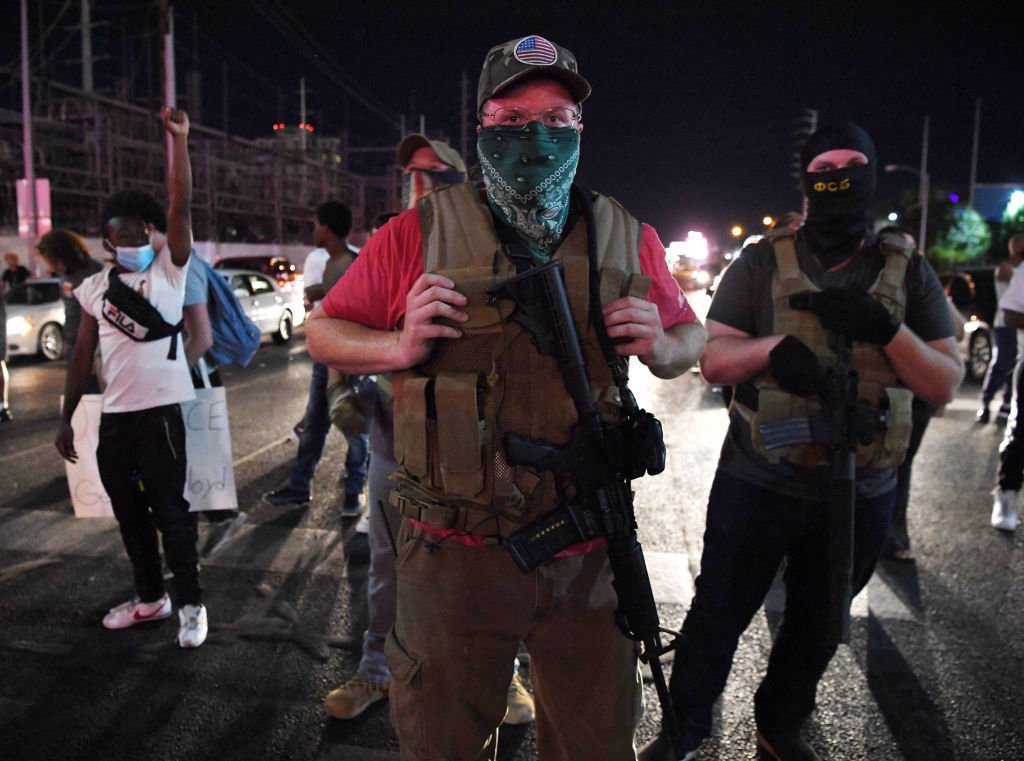
“It depends on what's happened in their past,” says Davies. “For instance, if somebody had things taken from them as a child - if they were very poor and people stole their possessions - that can follow them through life. There's a learned behaviour that I need to protect my possessions, my property, otherwise I feel vulnerable. Also, it can be if you feel overtly threatened by somebody and they're a lot bigger, stronger than you. You've got a weapon and you think this is my only way out.”
Or they can be one of those wolves.
“When you get characters like [Derek Chauvin, the Minneapolis police officer who killed George Floyd by kneeling on his neck for nearly nine minutes] who use violence excessively, it's because of a massive sense of fear, more than likely from previous trauma. They were bullied at school, went through humiliation, beatings, maybe from their parents. Things like that. They get such trauma that they develop this external character which helps in terms of doing bad things. So a childhood of trauma can provoke this wilder, irrational side that can be quite nasty and malicious.”
So, we have different types of people, conditioning and situations – the various blends of which leaves us with three possible outcomes from these vigilante patrols, putting aside the option of them going home. The first, and undoubtedly the most desirable, is that the sight of people with rifles slung over their shoulders dissuades anyone from attacking either them or whatever they’re trying to protect.
This could also discourage peaceful protesters or people who just want to buy a new toaster and don’t want to become ‘collateral damage,’ but even this seems preferable to the alternatives.
The second potential result is that these mini arsenals don’t deter assailants and that those holding the guns aren’t able to pull the trigger – at least not while pointing at a human being. In addition to our innate reluctance to kill, Davies points to another reason why this is likely.
“The freeze response,” he says. “Responses to a threat include fight, flight, freeze and appease. But the predominant one is freeze. This might keep you alive but the consequences can be PTSD or trauma – nightmares about, ‘Why didn't I protect myself? Why didn't I do something?’”
If you’ve ever seen a frightened (real) sheep, freezing is one of their natural responses. In this case, we have a heavily-armed sheep in danger of losing a deadly weapon, possibly to a wolf who is capable of using it. Or perhaps a frightened sheep firing wildly in a built-up, heavily-populated urban area. Which leads us onto consequence number three: someone shoots someone, possibly fatally.
It leaves you scarred
What happens then isn’t just about legal processes and arguments or the tragedy of a life lost. It’s also about the effect on the person who pulled the trigger. How does taking a life affect someone? If we go back to the original comparison of a soldier in war, Kilner believes that there are three situational variables that influence the psychological after-effects.
“The first is the killer's psychological distance from the attacker they kill,” he says. “That distance is partly geographic – it's more traumatic to kill someone at close range, probably because they’re more obviously a fellow human being. It's also social-psychological. How similar is that person to me? It's easier to dehumanise an enemy who is ‘different’ in, for example, appearance, religion, language.
“The second factor is the killer's perception of the immediate threat that the attacker poses. The greater the immediate threat, the lesser the after-effects. Is he aiming at us? Is he even armed? Or is he simply walking around at the moment? The third variable is the justness of the killer's cause or mission. How confident is he that the war is just? In the case of police officers, at least they know that their mission is just, even if their behaviour isn't always right.”
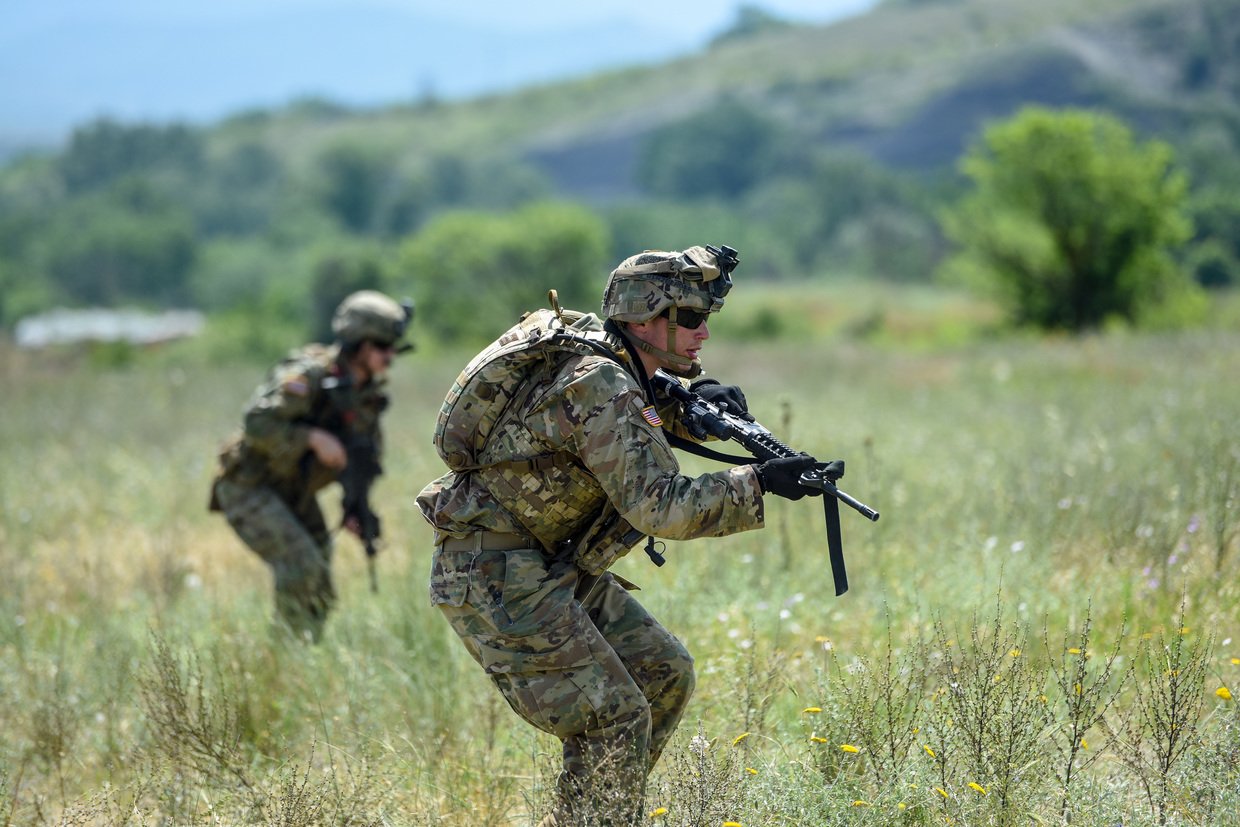
If a soldier who kills can help deal with their actions by framing them within the context of war, or a police officer by believing in a larger cause, it’s more complicated with civilians (Steven Ray Baca, by the way, is the son of a former sheriff). Davies says that convicts he treats, even those who have turned their lives around, still have nightmares about what they've done in the past because with age, usually, comes the ability to reflect and rationalise what we’ve done.
“If you’re not trained for it, there's going to be anxiety or trauma, even if it's in self-defence, because it's really difficult for most human beings to harm another human being,” he says. “In a situation where you've murdered somebody it's very likely that you're going to suffer trauma and PTSD. We find that they’ll have recurring nightmares, they lie awake at night thinking about the situation happening again. We can treat it using therapies to remove memories, but talking therapies like counseling and CBT won't touch it - it’s on a limbic level.”
Coping with the consequences
We can ask someone who has killed how it affects them. Someone who has had to kill. Berry, in his time serving in the military and as an intelligence operative, has done just that. He believes that training or no training, no normal person could remain unaffected, and has a method for dealing with the consequences of his actions.
“In my personal experience the act was always by instinct, reacting to a direct threat or stopping a threat from being present,” he says. “The reaction after the event will come in many ways: laughter, exhaustion or tears. All are a by-product of increases in adrenaline levels. That all deals with the immediate. Thereafter it’s the legacy. If you're a ‘normal’ person, regardless of training or background, you will rerun the event a thousand times. This often manifests itself as PTSD. I don’t believe anyone has immunity to this but it comes at differing levels. Some can be treated, others result in suicide.
“I always play events back to myself. The first question I ask myself is, ‘Did I need to kill?’ Normally a resounding yes, as it was a necessity to save lives, mine or others. First tick. ‘Was there any way of avoiding the situation?’ Normally no, as it was part of a pre-planned mission or I was attacked. Second tick. My last sanity check is, ‘Did they deserve to die?’ I try to answer this question rather than leaving it to stew, looking at a couple of things: did I kill an enemy whose sole intent at that time was to kill me, or was in the act of planning to kill me, my comrades or civilians. If it’s a yes, then they had met my criteria. But it’s not always that easy.”
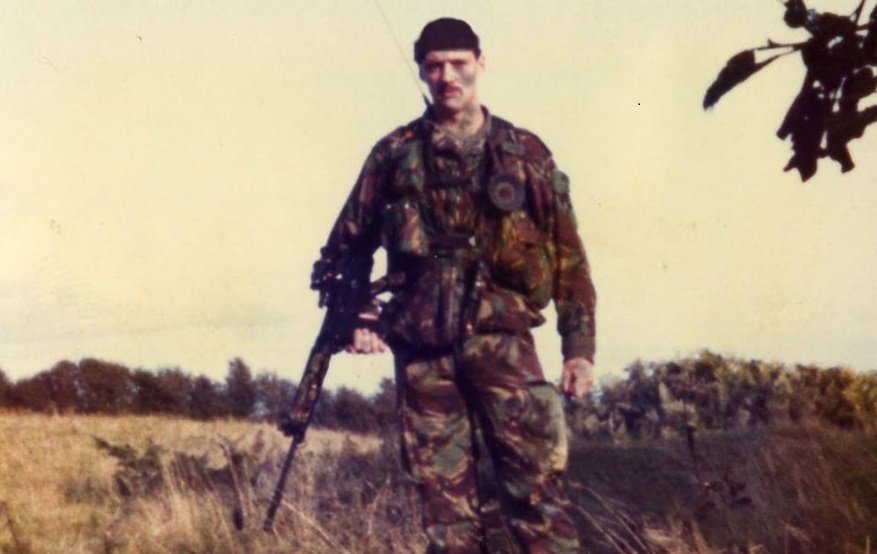
The answer to our question then: maybe. Not that definitive, I realise, but the combination of personality type, human behaviour and situation means that when we see those images of armed civilians lining the streets, we don’t know which of them would be able to aim and shoot. Under the right circumstances, it could be all of them; and the more tense or hostile the environment, the more likely those circumstances become.
The one thing we can say with absolute certainty is, assuming they’re not a psychopathic ‘wolf,’ if they do pull that trigger, their lives will never be the same again.
Think your friends would be interested? Share this story!
The statements, views and opinions expressed in this column are solely those of the author and do not necessarily represent those of RT.
